Citation
Boyte, K.J. An Analysis of the Social-Media Technology, Tactics, and Narratives Used to Control Perception in the Propaganda War Over Ukraine
. Journal of Information Warfare Vol 16, no. 1 (Winter 2017): 88-111.
Findings
The study explores Russia's use of information warfare during its conflict with Ukraine and the U.S.'s/NATO's counter responses. In its case study, the author finds support for the idea that Russia has turned extensively to social media to disseminate narratives aimed to undermine Ukraine and its institutions. It used fake accounts to spread narratives to frame the public perception of political events in Ukraine, including the narrative of Nazi atrocities and ethnic cleansing, the narrative of a coup d'état, the narrative of Western geopolitical expansion to Russia's sphere of influence, the narrative of the tale of one nation, and the narrative of the Crimea operation as a legitimate action. These accounts would also disseminate images of staged events depicting Ukrainians in an unfavorable light. A notable finding is that suspected military and civilian bloggers known as trolls were used, thus, blurring the distinction between civilians and military combatants. Such an approach differs from traditional propaganda. The author finds that U.S.'s/NATO's approach to countering Russian propaganda is also related to the use of narratives on social media. These can be classified according to five political themes: (1) narrative of a Russian military invasion, (2) narrative of despotism (criticism of President Putin), (3) narrative of propaganda war, (4) narrative of Slavic ancestry and ties to Europe, and (5) narrative of NATO intervention. In addition to using Twitter to spread those narratives, the U.S. also used traditional media, such as Radio Free Europe. Additionally, in 2011, the DoD agency unveiled the Social Media in Strategic Communications Program to address threats to national security posed by social media and enemy narratives. A similar effort was embraced by the Department of State while NATO also established the Strategic Communications Center of Excellence in Riga, Latvia, as a partnership between Estonia, Germany, Italy, Latvia, Lithuania, Poland, the UK, and the U.S. to provide an alternative to the official Russian narrative.
Tags
Lever of Power: Diplomatic Lever of Power: Information Lever of Power: Governance Method: Qualitative Operation: State Response to info ops threat/attack Response: Military of the attacker Response: Political/Legal Institutions of the state that is responding Response: Political/Legal Institutions of the attacker Response: General population of the attacker Operation: State Initiation of info ops threat/attack Attack: Political/Legal Institutions of the state that is threatened/attacked Attack: General population of the state that is threatened/attacked Geoscope: Global UN Region: Eastern Europe UN Region: Northern Europe UN Region: Southern Europe UN Region: Western Europe DOD Region: EUCOM DOD Region: NORTHCOM Country: Russia Country: USA Type: Article Year: Winter 2017
Research Background
- Research questions
- How did the Russian Federation, NATO, and the U.S. use social media to control the perception of political events during the 2013-2015 conflict in Ukraine?
- How has the use of social media, as exemplified in the Ukraine conflict, changed the traditional model of propaganda warfare?
- What were the dominant narratives used by the main players to frame the Ukraine conflict?
- Hypotheses
- Russia's approach to information warfare in Ukraine has focused on the use of strategic narratives and trolls on social media. (inferred)
- U.S.'s/NATO's approach to countering Russia's propaganda in Ukraine has focused on the use of strategic narratives on social media. (inferred)
Variables or Concepts
- Independent variables & concepts
- Use of social media narratives (inferred)
- Use of social media trolls (inferred)
- Dependent variables & concepts
- Russia's strategy of undermining Ukraine (inferred)
- U.S.'s/NATO's strategy of countering Russia's propaganda (inferred)
Methodologies
- Qualitative method description
- Case study of Russia's use of social media to disseminate propaganda in the Ukraine conflict, 2013-2015, and U.S./NATO counter responses
Time Frame
- Start: 2013
- End: 2015
